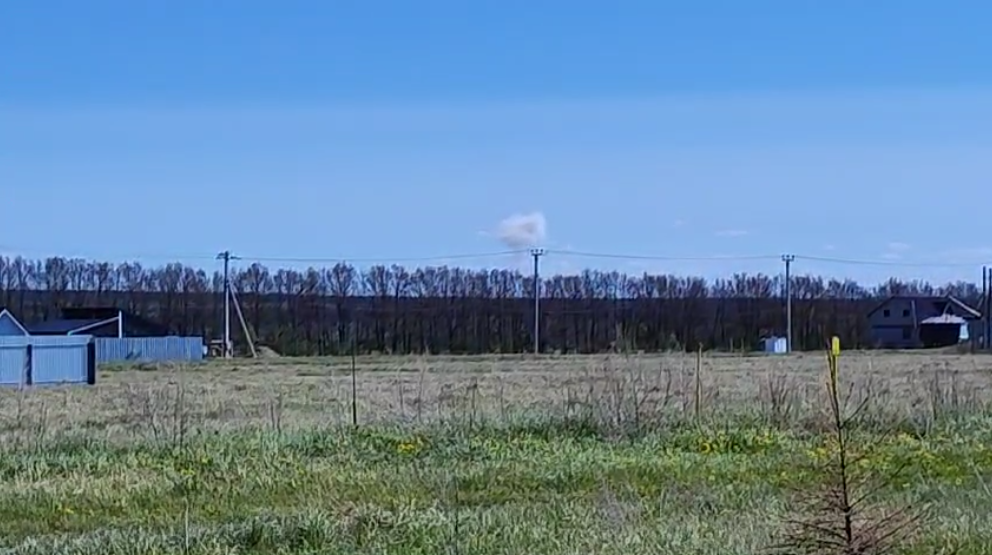Russian air defenses shot down a Ukrainian drone over Russia’s Republic of Tatarstan on May 23, leading to restrictions on the departure and arrival of planes at airports in Nizhnekamsk and Kazan. The incident was shared on Russian Telegram channels, showing a drone-like aerial vehicle and rising smoke. The mayor of Yelabuga claimed that a drone was downed in the Yelabuga district, which is located 1,200 kilometers away from the Russia-Ukraine border. No casualties or damages were reported, and the claims could not be independently verified by The Kyiv Independent.
Ukrainian forces targeted production facilities in Tatarstan’s Yelabuga and Nizhnekamsk on April 2, according to Ukraine’s military intelligence agency. The targets included an oil refinery and a manufacturing facility for the Shahed-type attack drones used by Russia in attacks against Ukraine. Subsequently, on April 17, a factory in Tatarstan producing bomber aircraft for the Russian military was also attacked by Ukrainian drones. These attacks marked the first time Ukraine struck facilities in Russia’s Tatarstan Republic, located 1,300 kilometers from the Ukraine-Russia border.
The incident on May 23 highlighted the ongoing tensions between Ukraine and Russia, with drone attacks being used as a form of military strategy. The downing of the Ukrainian drone over Tatarstan raised concerns about potential escalation in the conflict and the impact on civilian air traffic in the region. The attacks on production facilities in Tatarstan earlier in April demonstrated Ukraine’s ability to target strategic locations deep within Russian territory, showcasing the country’s military capabilities and resilience in the face of Russian aggression.
The use of drones in the conflict between Ukraine and Russia has become increasingly common, with both sides employing these unmanned aerial vehicles for reconnaissance and attacks. The targeting of production facilities in Tatarstan, a key region for Russia’s military manufacturing, underscored Ukraine’s determination to disrupt Russian military operations and infrastructure. The attacks on the oil refinery and drone manufacturing facility showcased Ukraine’s precision and strategic planning in carrying out successful drone strikes deep within Russian territory.
The international community closely monitors developments in the conflict between Ukraine and Russia, with concerns about the implications of escalating tensions and military actions. The downing of the Ukrainian drone over Tatarstan and the previous attacks on production facilities in the region have heightened fears of further conflict between the two countries. As both sides continue to engage in drone warfare and other military tactics, the situation remains volatile and unpredictable, with potential ramifications for regional stability and security.
Support for independent journalism in Ukraine is crucial in providing accurate and timely information on the ongoing conflict and its impact on civilians and regional stability. By becoming a member or supporting independent media outlets reporting on the situation, individuals can contribute to the dissemination of factual and unbiased news from the frontlines of the conflict. The role of journalism in shedding light on the complexities of the Ukraine-Russia conflict and holding both sides accountable for their actions is vital in promoting transparency and accountability in the midst of a challenging and volatile geopolitical environment.


